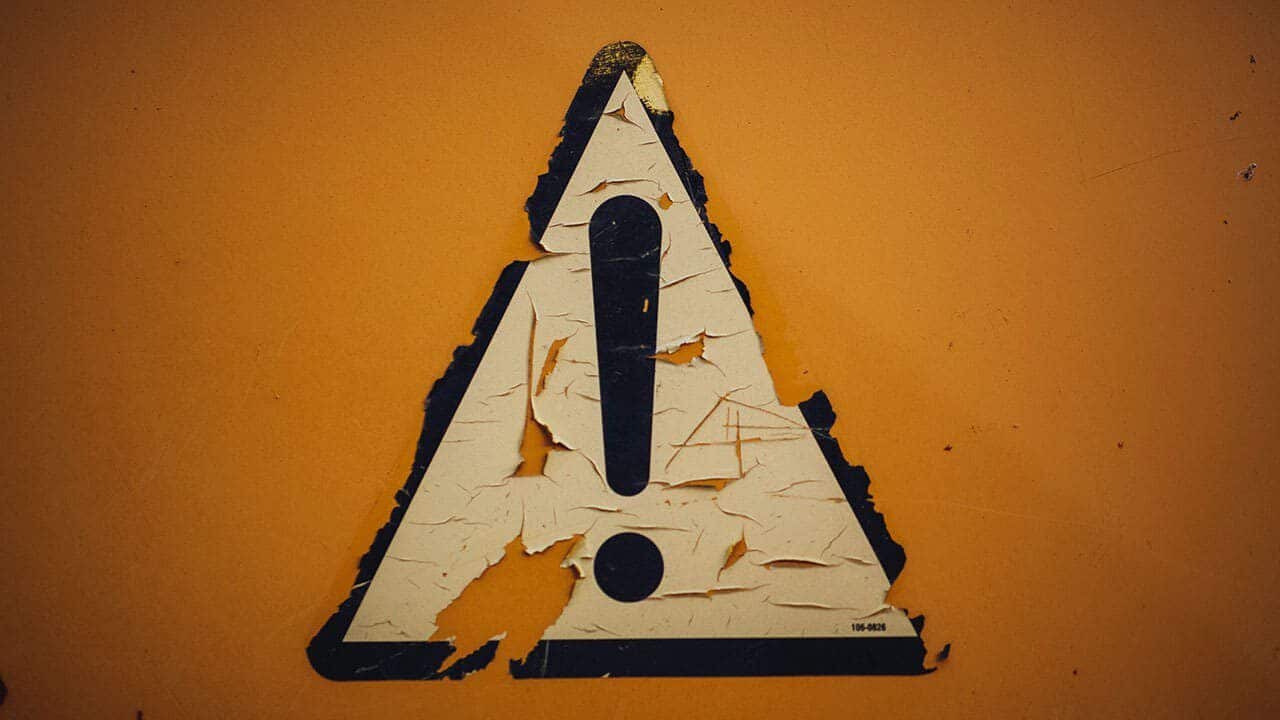Giving cautionary instructions is well within the sound discretion of the trial court. A cautionary instruction is that portion of a judge’s charge to a jury that warns them not to be influenced by anything other than the evidence given in court. It is simply laying out the applicable law for jurors to follow in a court case. It may instruct the jury to evaluate the evidence in a specific manner or not to interpret the judge’s conduct as a judgment on a particular subject.
No doubt that these instructions serve as a guide to assist the jurors in understanding the legal and factual issues and in reaching a verdict, however, according to an article published by The Illinois Courts, it was explained that “a trial court’s refusal to give a certain cautionary instruction is not reversible error unless the complaining party has in some way been prejudiced by the court’s denial.”
Animation during deliberations
Due to the growing concerns that animations may be given undue weight by the jury, it is crucial that cautionary instructions be laid down by the trial court. According to Webster and Bourne III(2016) in their Defense Counsel Journal publication, it was stated that “a majority of courts have held that computer-generated animations used only as demonstrative exhibits should not be provided to juries during their deliberations. On the other hand, some courts have allowed animation evidence to be viewed by the jury during deliberations.”
To avert unjust bias, courts have encouraged and in some contexts, called for the jury to be given cautionary instructions as regards the nature of the animation or simulation, including the weight it should be given. Plea for a limiting or cautionary instruction is almost usually granted, and appellate courts in many jurisdictions favor them. According to Webster and Bourne III(2016) “cautionary instructions generally include the following elements:
- an admonition that the jury is not to give the animation or simulation more weight just because it comes from a computer;
- a statement clarifying that the exhibit is based on the supporting witness’s evaluation of the evidence; and,
- in the case of an animation, a statement that the evidence is not meant to be an exact recreation of the event, but is instead, a representation of the witness’s testimony.”
See the case of People vs Hood where the Court of Appeals of California, Fourth District, Division Two gave the jury a cautionary instruction before a computer animation was played by the prosecution.
Fox Animated Engineering will accurately illustrate events: Vehicular Cases, Medical Cases, Construction Cases and Intellectual Property Cases. Click here to reach out to our team.






